Earthwork Construction
To succeed in most things, you need a solid foundation. That is especially true in construction. Most sites require a great deal of site preparation to support a building, and other improvements.
As part of the Pepperdam earthwork construction process are the items noted below.

Earthwork Construction
1. Stormwater Pollution Prevention Plan
The sitework process begins with the implementation of the Stormwater Pollution Prevention Plan (SWPPP). The SWPPP is designed to prevent pollutants from entering public water bodies.
Silt fence is one of the most common pieces of a SWPPP document. Silt fence is generally installed around the perimeter of the site to prevent silt from escaping the site. Other erosion control measures can include bags, mats, and vegetative cover.
Next, a construction entrance is installed. These are required by municipalities because they reduce the amount of sediment that is deposited onto the roadway. Typically, construction entrances are built using slag. Slag is a rock that is the byproduct of smelting metal. When vehicles drive over it, sediment that is attached to their tires is knocked off. This reduces the need for sweeping public streets and prevents additional soil from clogging storm water management systems.
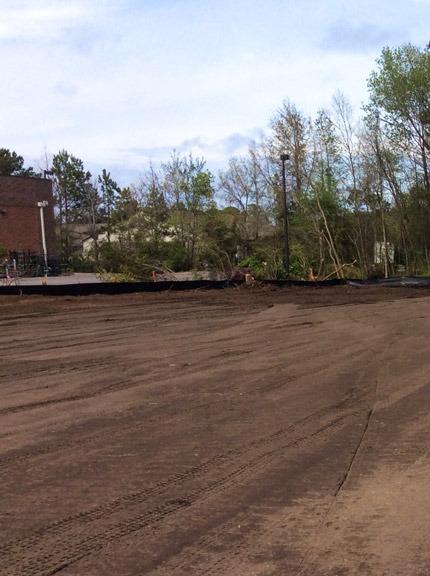
2. Tree Protection
After the SWPPP measures have been implemented, the next step is the installation of tree protection fencing. It is an orange plastic fencing that is used to protect trees from damage during the construction process.
3. Clearing and Stripping
Once the tree protection is in place, the clearing process can begin. Clearing includes removing the unwanted vegetation from the site. After the organic matter has been removed, the top layer of soil is removed in a process called stripping. Topsoil is typically removed because it contains high amounts of organic matter and is unsuitable to be built upon.
4. Cutting and Filling
After the topsoil has been removed, the site must be rebalanced to achieve proper site elevations. Before this can happen, the soil engineer must determine whether the native soil is usable or not. Not all soil types can support the weight of a building. Soil that is high in organic matter is too unstable to be used. If the soil engineer determines a soil is unsuitable, it must be removed from the site and replaced with structural fill. Structural fill is a screened soil that contains a high percentage of sand. The high sand content means that the soil compacts well and does not settle as much as other soil types. This type of soil is ideal for site improvements because once it is in place, it does not move much
5. Aggregates
Once the soil subgrade has been established, aggregates are brought in and placed. Aggregates are mined or quarried stones that are used in parking areas and roadways. This material is placed on top of the compacted dirt and provides a solid surface for the asphalt pavement. Together, the structural fill, aggregates, and asphalt create a durable system that will hold up to heavy traffic over time.
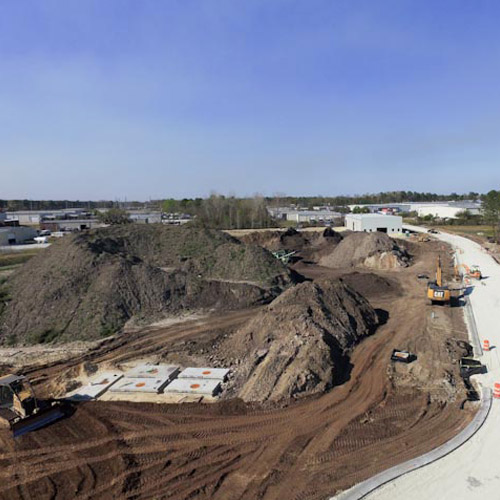
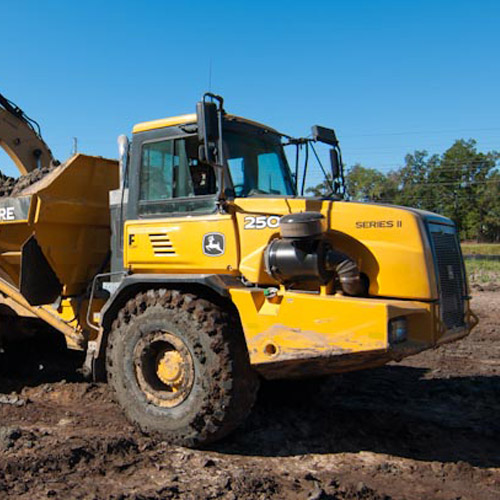
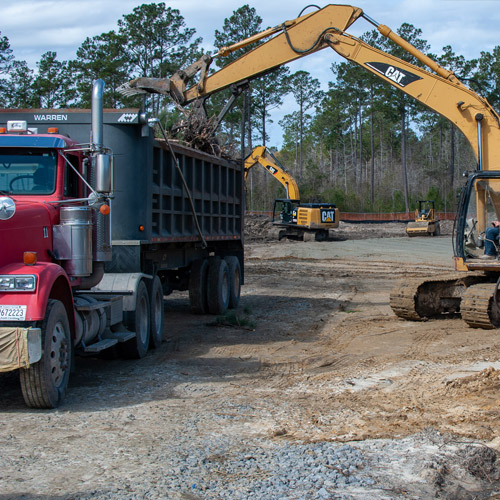
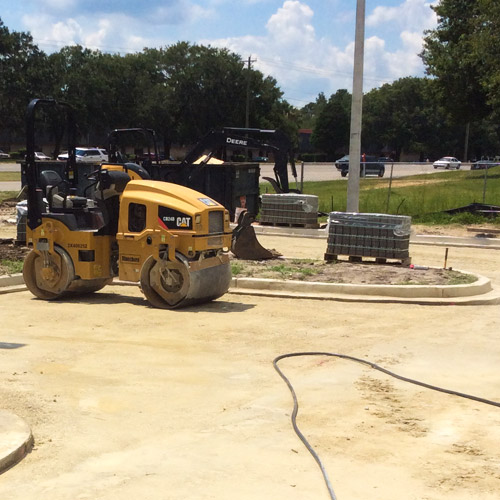
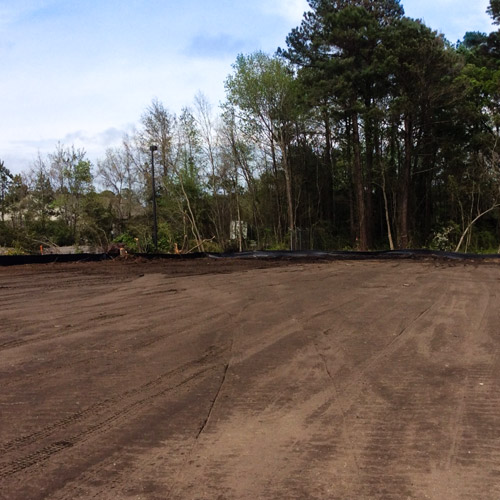
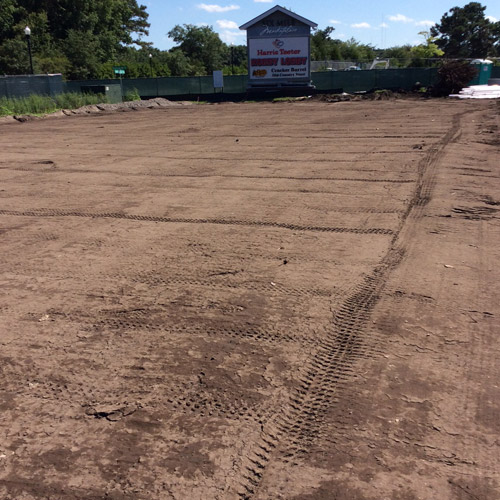
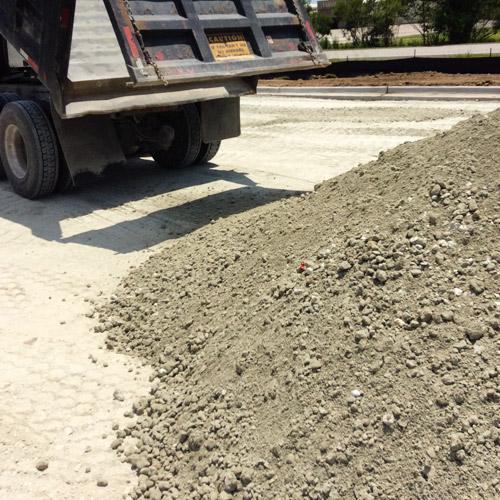
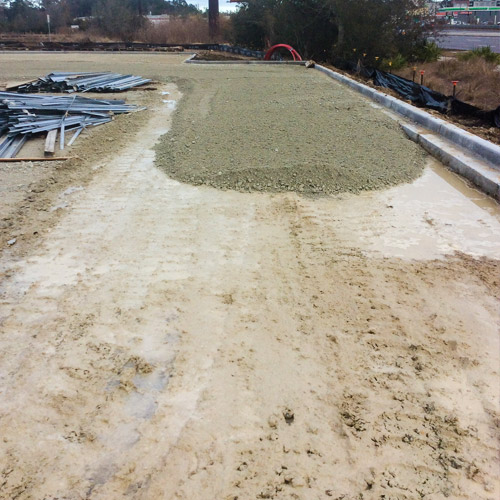
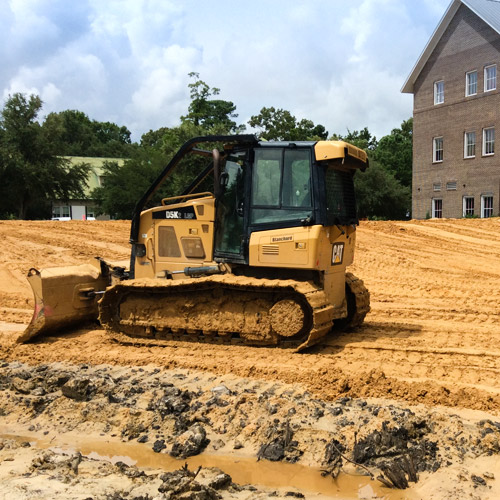
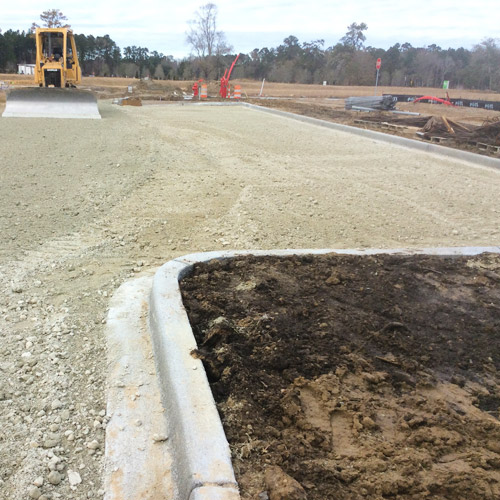
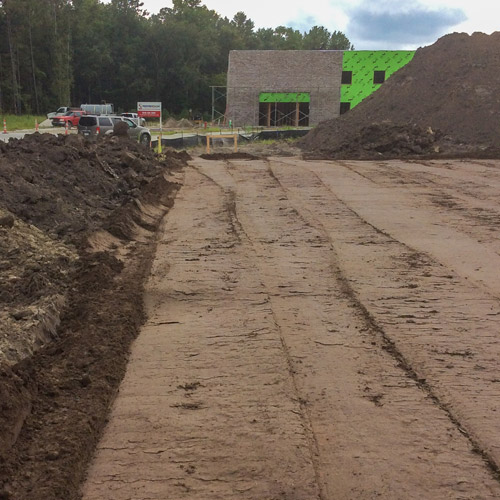
PREVIOUS
Next
